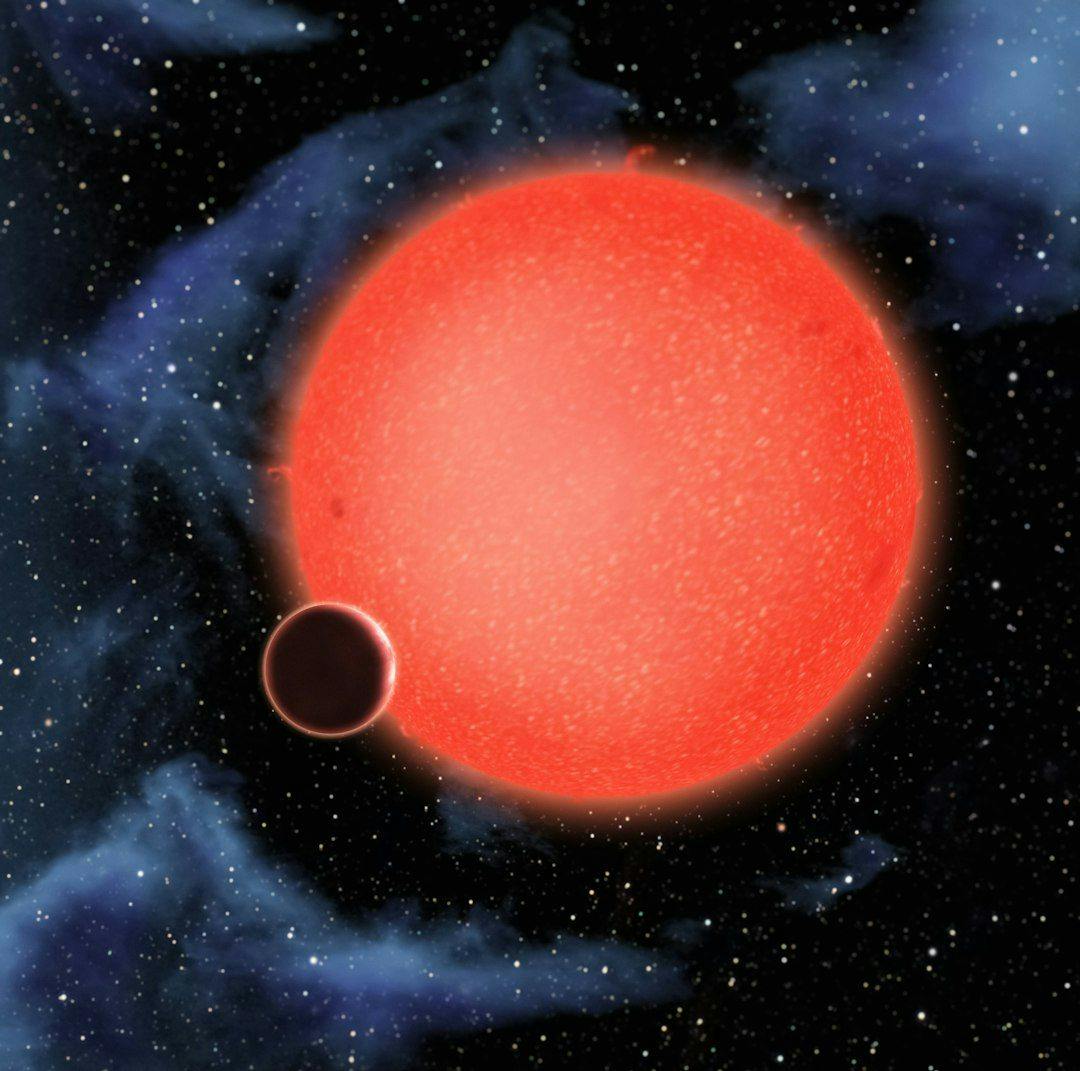(1) Samir Chitnavis, School of Biological and Behavioural Sciences, Queen Mary University of London, Mile End, London E1 4NS, UK & Digital Environment Research Institute, Queen Mary University of London, Empire House, Whitechapel E1 1HH, UK;
(2) Thomas J. Haworth, Astronomy Unit, Queen Mary University of London, Mile End Road, London E1 4NS, UK;
(3) Edward Gillen, Astronomy Unit, Queen Mary University of London, Mile End Road, London E1 4NS, UK;
(4) Conrad W. Mullineaux, School of Biological and Behavioural Sciences, Queen Mary University of London, Mile End, London E1 4NS, UK;
(5) Christopher D. P. Duffy, School of Biological and Behavioural Sciences, Queen Mary University of London, Mile End, London E1 4NS, UK & Digital Environment Research Institute, Queen Mary University of London, Empire House, Whitechapel E1 1HH, UK (Email: [email protected]).
Table of Links
- Abstract and Introduction
- 2 Methodology
- 2.1 Local spectral irradiance as a function of stellar temperature
- 2.2 Thermodynamic model of an oxygenic light-harvesting system
- 2.3 Lattice model of an oxygenic light-harvesting system
- 3 Results
- 3.1 Orbital distances and incident spectral fluxes
- 3.2 Thermodynamic antenna model: Increasing antenna size in limited PAR
- 3.3 Lattice antenna model: Increasing the size of a “flat” antenna in limited PAR
- 3.4 Lattice antenna model: Improving antenna efficiency with an energetic ’funnel’
- 4 Discussion
- Acknowledgements, Author Contribution Statement, Authors disclosure statement and References
2.3 Lattice model of an oxygenic light-harvesting system
While the previous model explicitly relates νe and ϕe to the thermodynamic properties of the antenna, it neglects the influence of antenna topology. The assumption that the excitation samples the entirety of the antenna super-structure is unrealistic, as is the assumption of a single rate constant for N2 → NRC (see Fig. 1 d). Therefore, we construct a complimentary lattice diffusion model in which localized, non-interacting, excitations “hop” between clusters of pigments. Specific antenna topologies are discussed in the Results section but in essence a set of discrete antenna “sites” are arranged around a central RC, either in linear branches (see Fig. 3 a) or a hexagonal lattice (see Fig. 3 b). The sites can be pigment clusters within LHCs, entire LHCs, or even blocks of multiple LHCs, but the assumption is always that excitation equilibration within a site is much faster than inter-site hopping. For Ns antenna sites we define the population vector as,

where the second case arises from the fact that trapping is irreversible. The diagonal elements are,

as before but now only encodes the thermodynamics of a single hopping event. The overall thermodynamics of energy capture, migration to the RC and trapping are strictly implicit.
As with the thermodynamic model the dynamics are solved in the steady state to obtain νe and ϕe. We start with a model that aims to replicate plant PSII for fp (λ; Ts = 5800 K). The sites are composed of NLHC discrete LHCII trimers, each containing coupled Chl b and Chl a domains (see Fig. 3 a and b.). We then subject this optimised antenna to spectral fluxes from lower mass stars and then attempt to recover photosynthetic performance by, as before, adding additional LHCII trimers. Finally, we apply the same approach to a modified antenna model which attempts to compensate for entropic barriers with an energetic ’funnel’ structure. This is achieved by introducing a progressive blueshift in λ p m as more and more LHCII are added to the system.
This paper is available on arxiv under CC 4.0 license.

